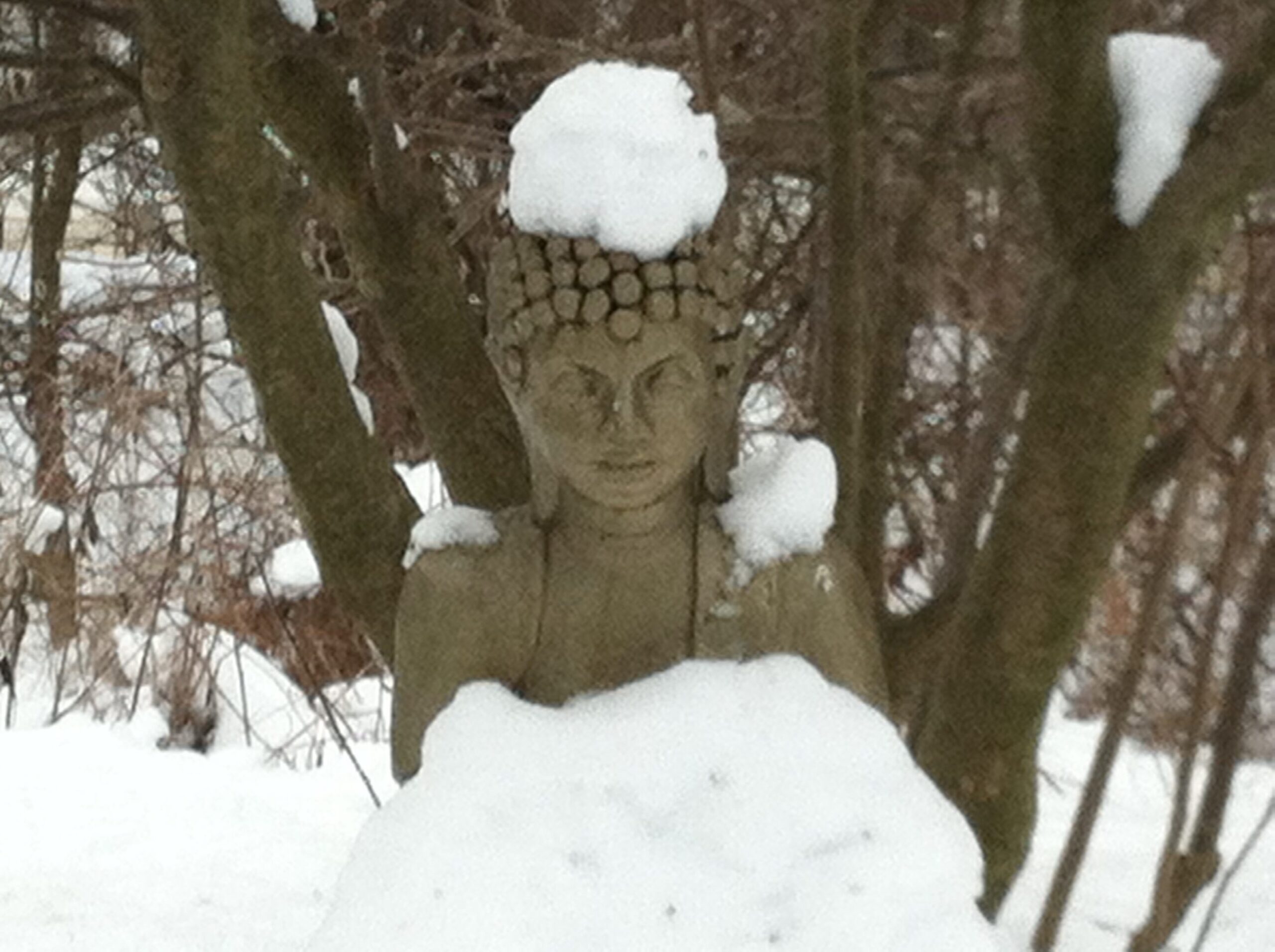In 2013, Lama Jamdron gave a seminar at PTC called “Bringing Distraction and Procrastination to the Path.” It was a great topic, and I was reminded of it this week when the New York Times ran an article on why we procrastinate, which resonates in various ways, from a psychological perspective, with Buddhist teachings. It’s a very interesting exploration of the basic cause of procrastination — which isn’t what you might expect, though it totally makes sense. The link is below (click on the graphic, sorry I can’t get a better one), and here’s an excerpt, which borders on vipashyana (lhaktong, insight) meditation.
“Cultivate curiosity: If you’re feeling tempted to procrastinate, bring your attention to the sensations arising in your mind and body. What feelings are eliciting your temptation? Where do you feel them in your body? What do they remind you of? What happens to the thought of procrastinating as you observe it? Does it intensify? Dissipate? Cause other emotions to arise? How are the sensations in your body shifting as you continue to rest your awareness on them?”
And here is Lama Jamdron’s teaching from 2013:
“Bringing Distraction and Procrastination to the Path”: session 1 and session 2.
